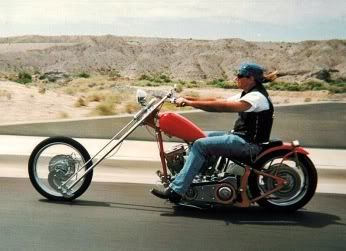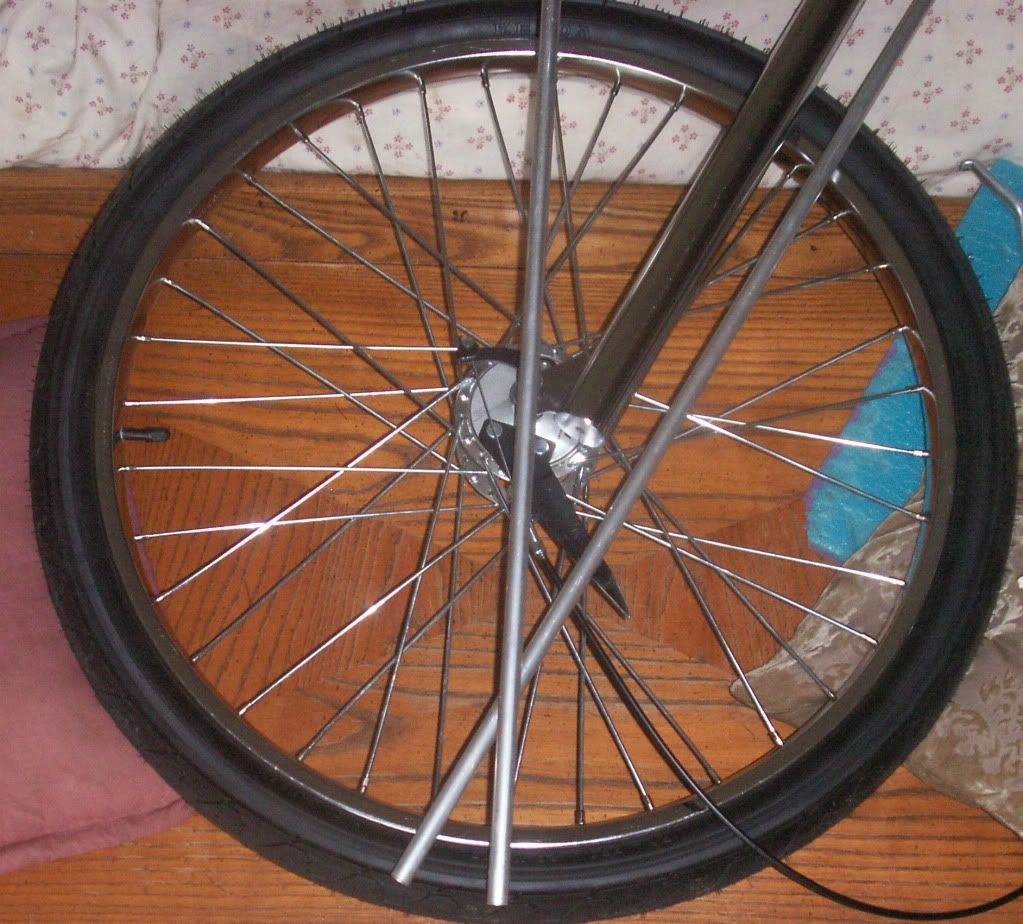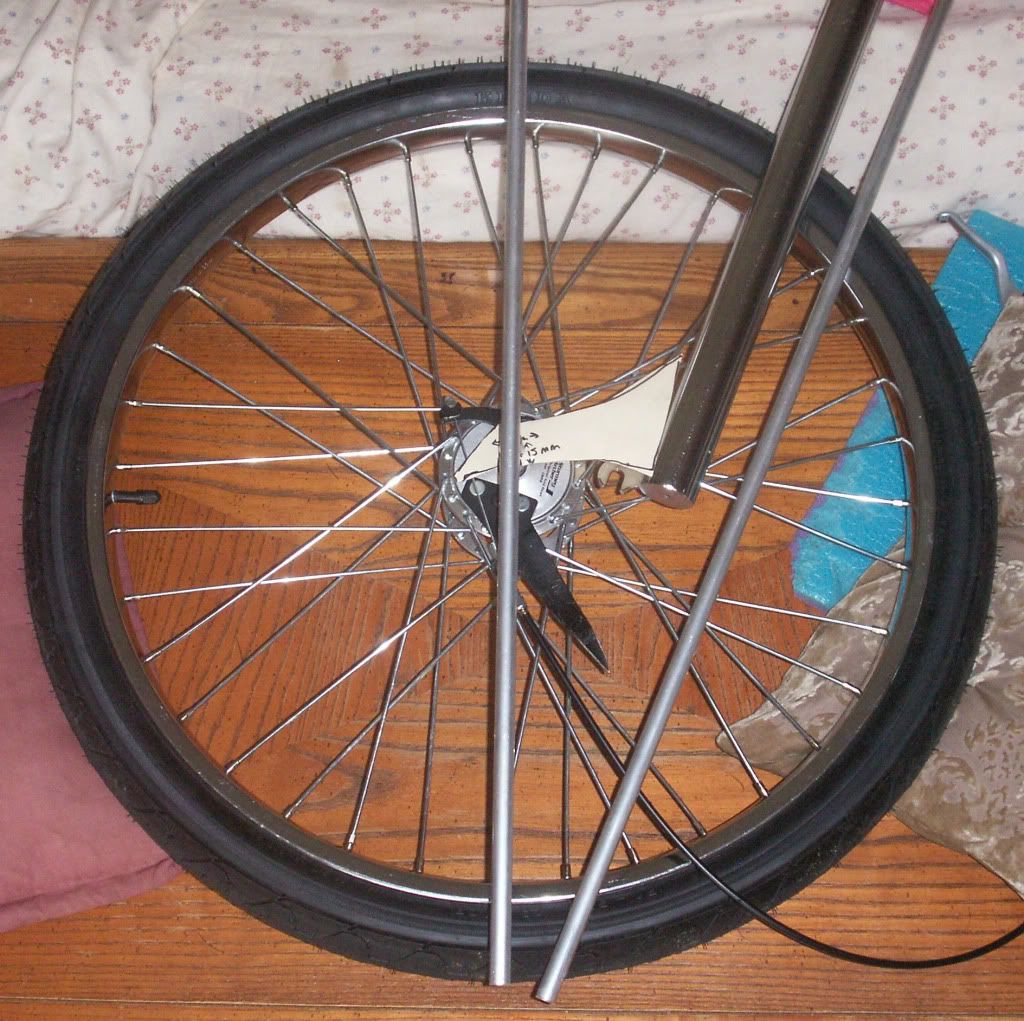I'm thinking of extending the front fork of Billy Jack with a 1/4" thick piece of steel as in pic to offset the wheel and give me a little more extenstion. this would be welded on top of the existing drop out.
I'm just not sure if this will screw up my rake and trail.
THx
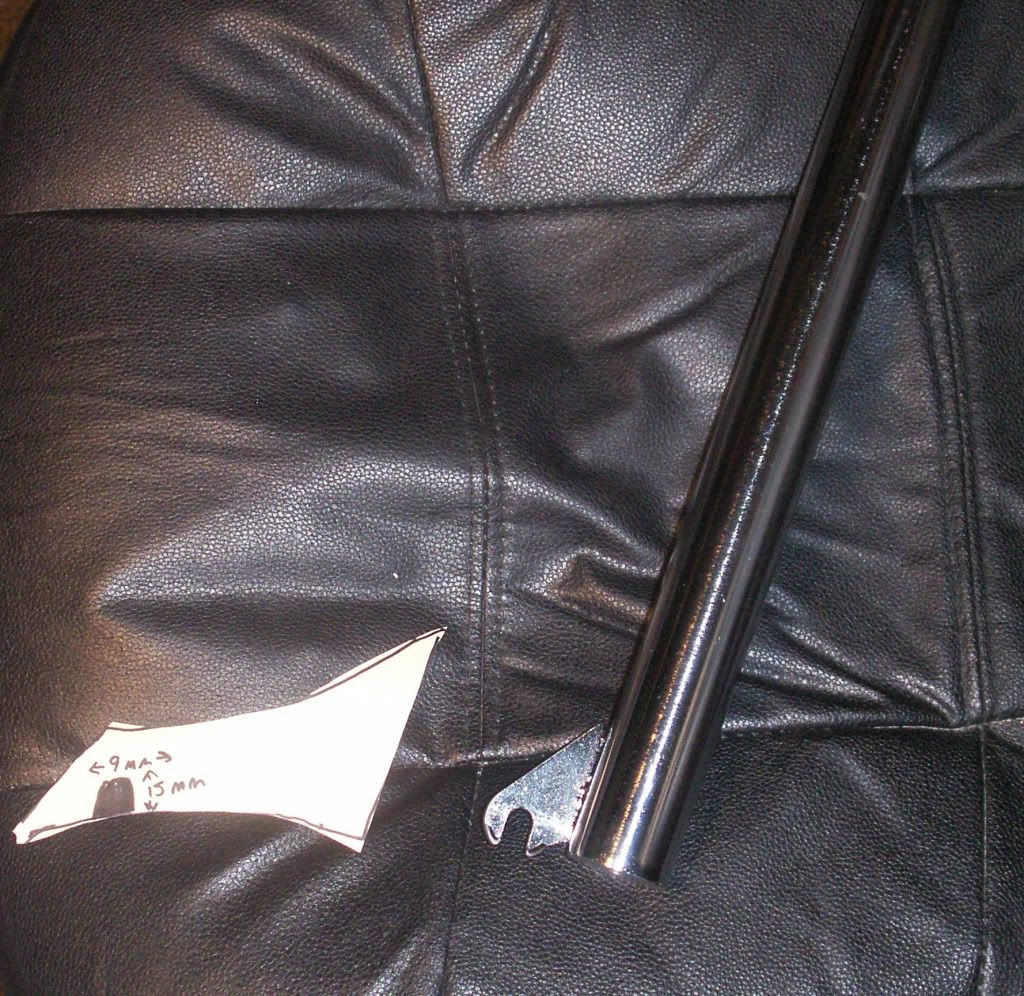
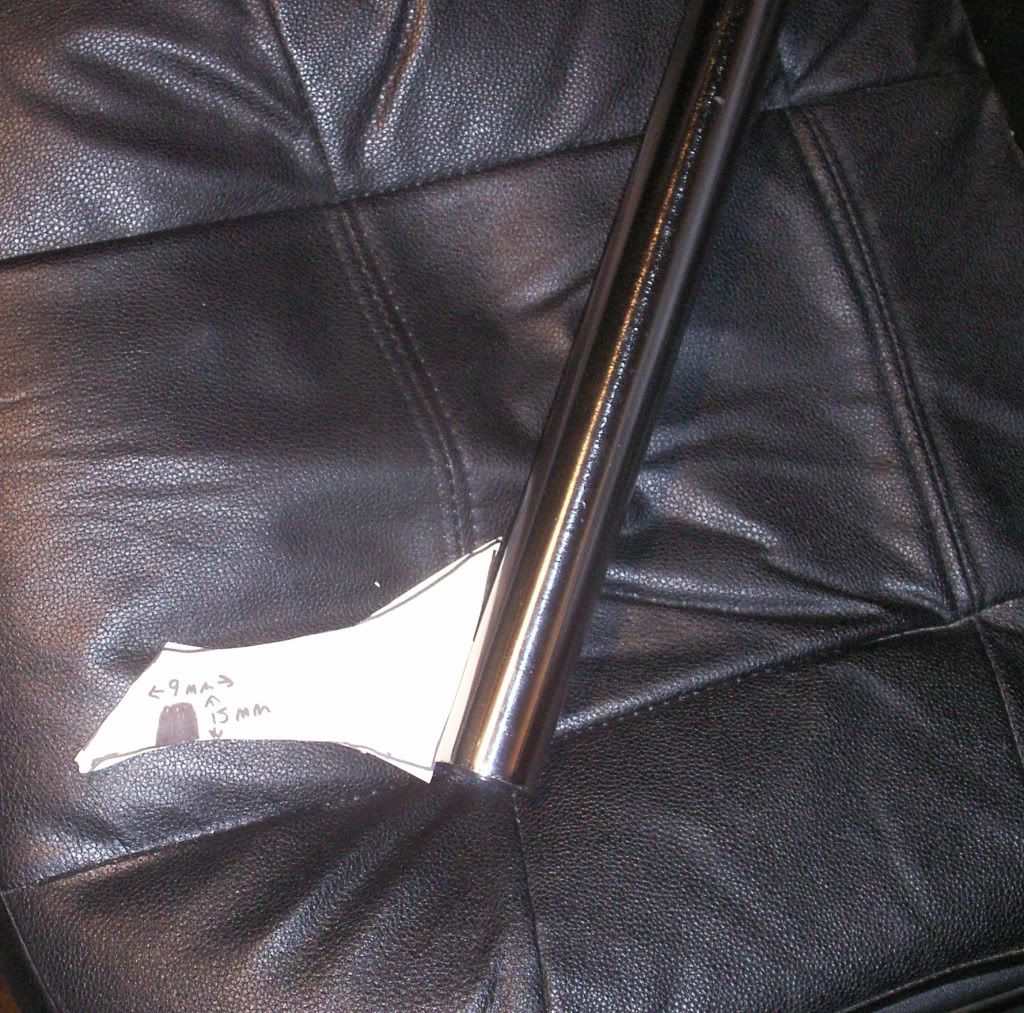
I'm just not sure if this will screw up my rake and trail.
THx

































































